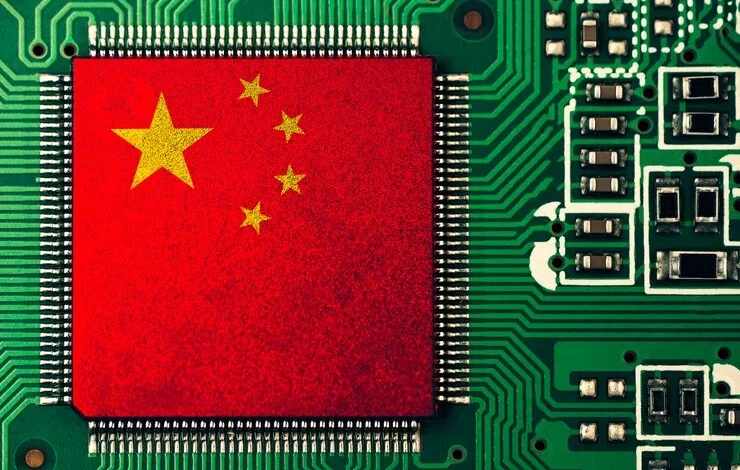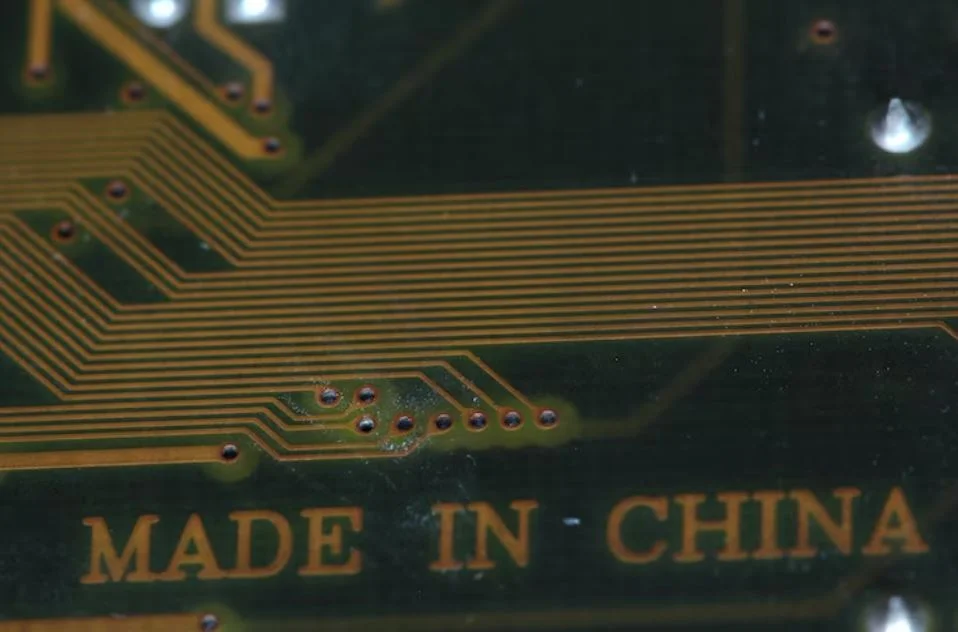

China Bans US Chips in Government PCs and Servers
China has introduced stringent pointers that effectively phase out the use of US microprocessors including those from tech giants Intel and AMD in government PCs and servers.
This choice reflects Beijing’s escalating campaign to update foreign technology with homegrown solutions as tensions between China and the United States continue to simmer on multiple fronts.
The new government procurement guidelines, announced quietly by the Finance Ministry and the Ministry of Industry and Information Technology (MIIT) on December 26, mark a pivotal moment in China’s quest for technological self-reliance.
Alongside efforts to sideline Microsoft’s Windows operating system and foreign-made database software, the move underscores Beijing’s determination to reduce reliance on American technology and foster the growth of its indigenous tech industry.
Under these guidelines, government agencies and party organs above the township level are mandated to prioritize “safe and reliable” processors and operating systems in their procurement processes. This directive effectively excludes US microprocessors, leading to a notable shift towards Chinese-made alternatives.
The China Information Technology Security Evaluation Center has already published a list of “safe and reliable” processors and operating systems, all sourced from domestic companies.


Notably, this decision not only impacts microprocessor manufacturers like Intel and AMD but also extends to software providers like Microsoft. The move is aligned with China’s broader strategy for technological autonomy, known as “Xin Chuang” or “IT application innovation,” which encompasses efforts to develop homegrown solutions across various sectors, including military, government, and state-owned enterprises.
The transition away from foreign hardware is expected to have significant ramifications for US companies operating in China, particularly for Intel and AMD, which have historically enjoyed substantial market share in the country.
According to financial data, China accounted for a substantial portion of Intel’s and AMD’s sales in recent years, underscoring the economic implications of this policy shift.
While some leeway remains for purchasing computers with foreign processors and Microsoft Windows, the Chinese government’s stance indicates a clear preference for domestic alternatives.
Companies seeking evaluation for inclusion in the approved list must submit comprehensive R&D documentation and code, with a strong emphasis on the level of domestic design, development, and production.
Despite potential challenges, analysts anticipate rapid progress in the substitution of foreign technology, particularly in the server sector. With substantial investments projected in IT infrastructure replacement across government, party organs, and major industries, China is poised to accelerate its drive towards technological self-sufficiency in the coming years.
As China continues to assert its technological ambitions on the global stage, the ramifications of these guidelines are likely to reverberate beyond its borders, affecting the competitive landscape of the semiconductor and software industries worldwide.

